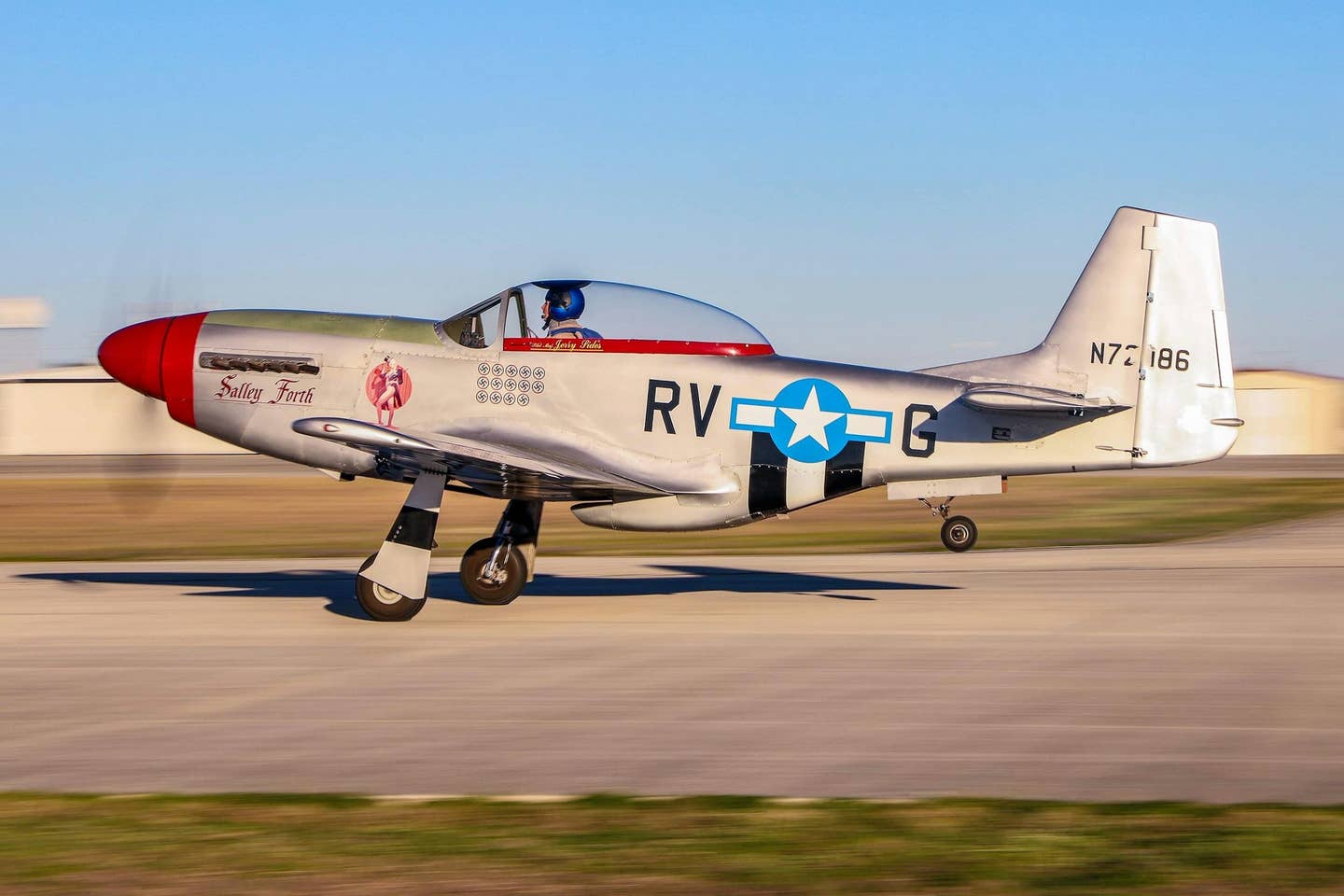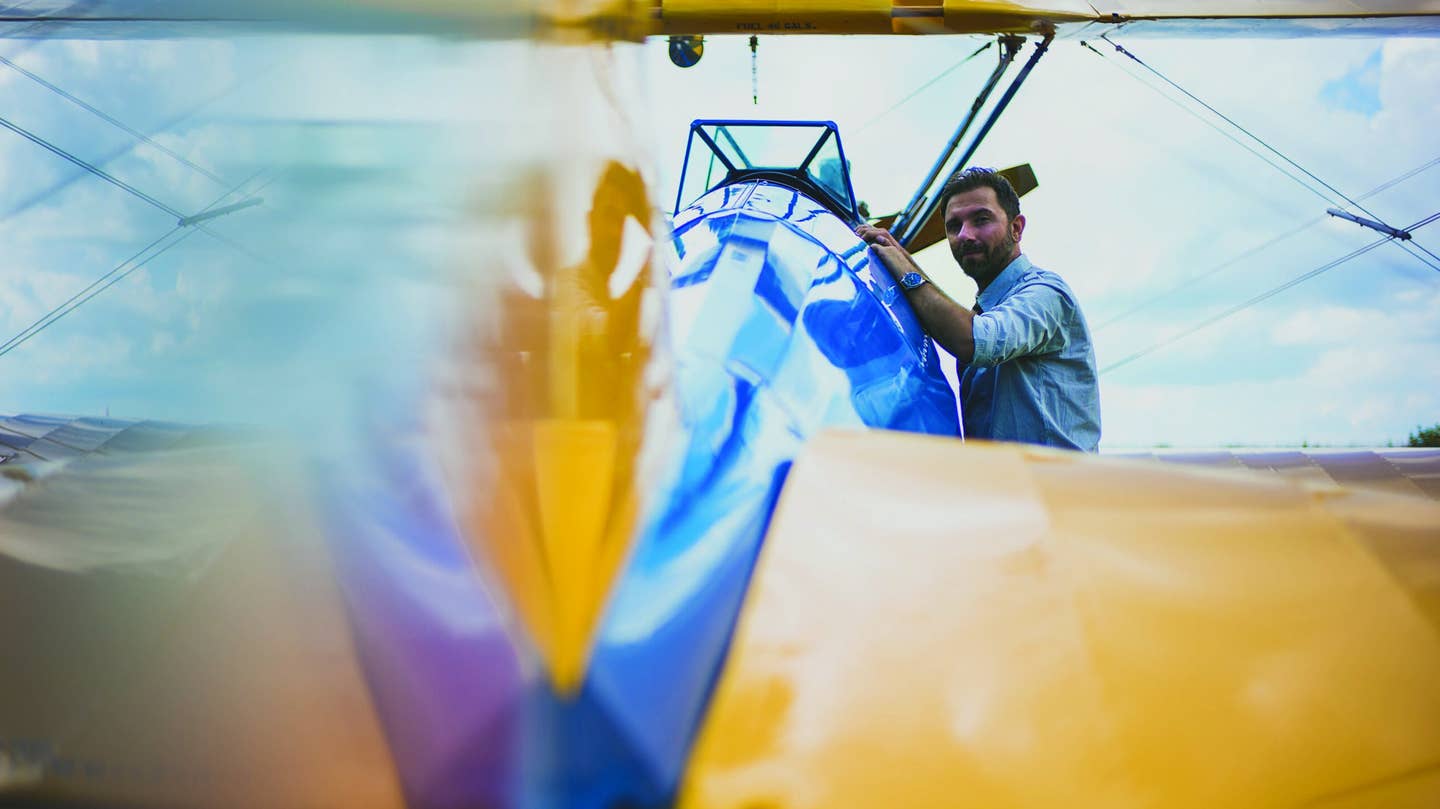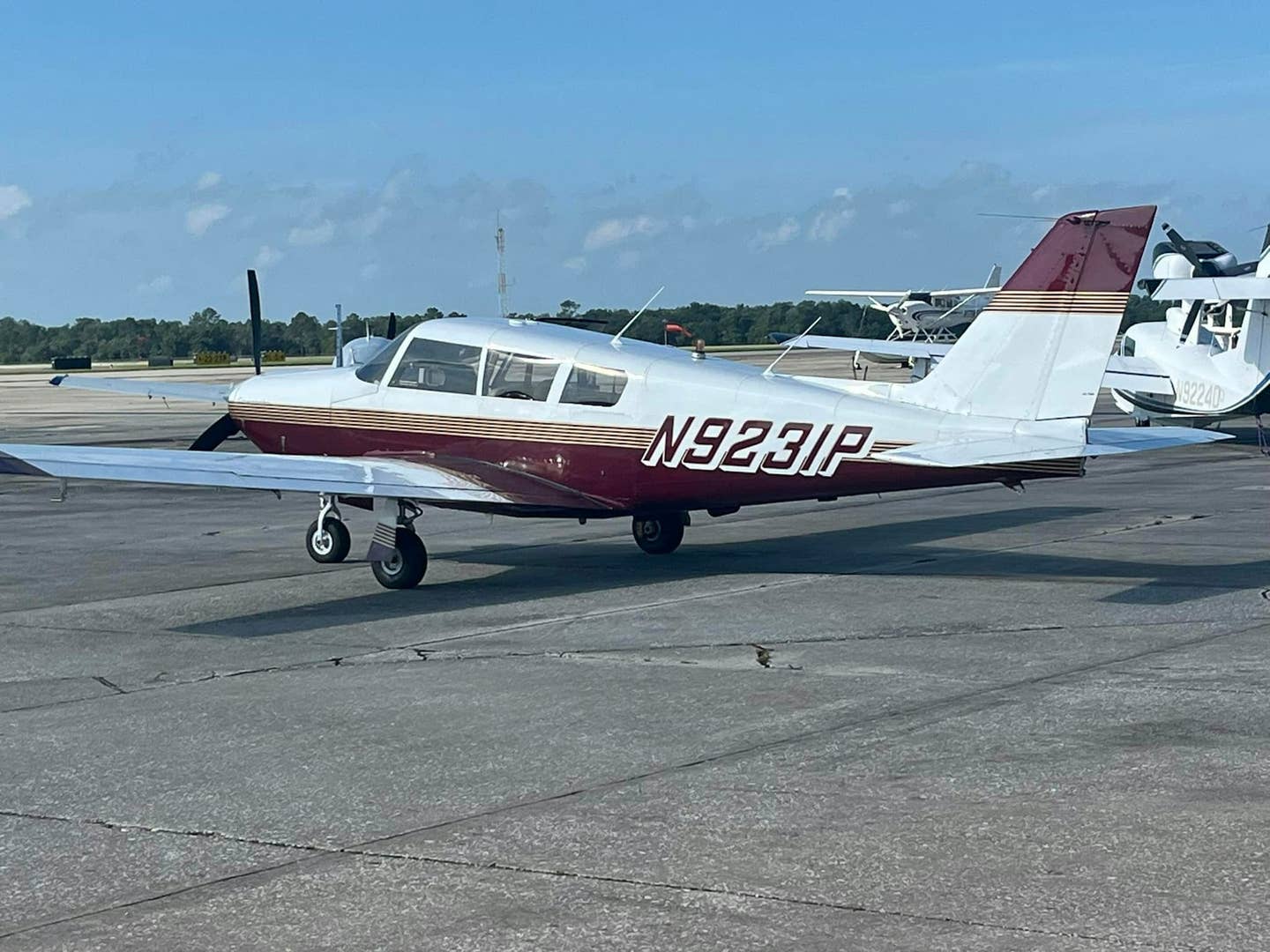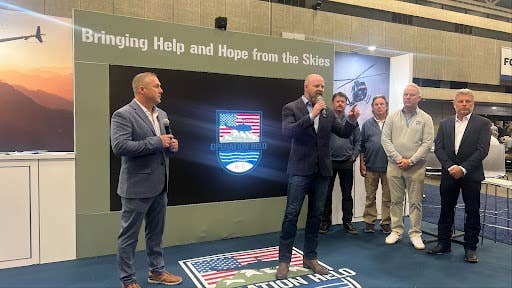
The VariEze was a foam-and-fiberglass two-seater whose jetlike swept wing gave it an ample dash of coolness. The world agreed. Peter Garrison
Canard airplanes were the rage in the 1970s. The VariEze took the homebuilding world — which Jim Bede’s BD-5 had recently taken by storm — by storm. Storms were frequent those days; it was also in the 1970s that T-tails took general aviation by storm and popped up in a lot of places they had no reason to be.
But the canard storm was something special. For a while, it seemed that every new design was a canard. There were Quickies and Dragonflys and Cozys and Defiants and Velocitys, Avtek and OMAC and Jetcruzer and on and on. Beech got into the act at the start of the next decade with the Starship, a giant 2,000-hp VariEze. The Starship flopped, Avtek and OMAC and Jetcruzer fizzled, but the spell of the canard persisted into the next millennium, with Boeing briefly hyping a canard-configured Mach 0.98 “Sonic Cruiser” before reverting to type with the 787.
Very early in the history of powered flight, a number of airplanes, including the Wright Flyer, had pitch-control surfaces ahead of the wings. The problem of such an arrangement is obvious: If the nose comes up, the angle of attack of the foreplane increases and tries to push the nose up still more. It’s the opposite of the behavior of a stable airplane. But those airplanes were not intended to be naturally stable; stability was provided by the pilot, who constantly manipulated the foreplane in flight. Several canard-configured designs were tried in World War II: the Curtiss Ascender (nicknamed “Ass-ender”) and Kyushu Shinden, single-engine fighters of similar appearance, and a gliderlike Focke-Wulf bomber that didn’t get past the wind-tunnel stage.
In the 1960s, Robinson, the maker of aftermarket STOL mods principally for high-wing Cessnas, included a small foreplane on a 182 mod it called the Wren. (The foreplanes were nicknamed “Wren’s teeth.”) Immersed in powerful prop wash, it helped lift the nose during the very short takeoff roll. Because the Wren’s teeth were small, their destabilizing effect was overcome by the 182’s large tailplane.
It was also in the 1960s that the Swedish firm Saab (whose core business was airplanes, not cars) designed the airplane that could be said to have set the canard wave of the 1970s in motion. Called Viggen, it was a delta-wing single-engine Mach 2 jet with a delta foreplane, designed for very short takeoff and landing.
Subsequent to the Viggen, a number of fighter types sprouted small bladelike foreplanes, which the French called moustaches. Their purpose, like that of Wren’s teeth, is enhanced maneuvering authority; they are conceptually different from the large foreplanes of the Viggen and subsequent designs that could properly be considered canards. The canonical hallmark of a canard airplane is that its foreplane carries a fraction of the airplane’s weight that is disproportionate to its area relative to the main wing.
The canard configuration appears counterintuitive if you are in the habit of equating the “tail feathers” of an airplane with those of an arrow. Obviously, you would not put feathers on the nose of an arrow, so why put them on the nose of an airplane? But the stability of any airplane actually arises from its center of gravity being ahead of the combined aerodynamic center of all of its lifting surfaces. In a canard airplane this simply means that for stability the foreplane must operate at a higher lift coefficient than the wing. The center of gravity does not coincide with the quarter-chord point on the wing, as it roughly does on a conventional aircraft. Instead, it is between the foreplane and the wing.
The Viggen might have remained an isolated aberration but for a young aeronautical engineer named Burt Rutan working in F-4 Phantom flight test at Edwards Air Force Base. Rutan liked the idea of a delta-wing homebuilt on Viggen principles, and he built one and began selling plans. He went from Edwards to Bede Aircraft, where he made the BD-5 into a flyable airplane (if you could keep the engine running) and where, more important for history, his eyes were opened to the enormous moneymaking potential of a cool-looking homebuilt.
Rutan left Bede, set up shop in Mojave, California, and built the prototype of the VariEze, a foam-and-fiberglass two-seater whose jetlike swept wing gave it an ample dash of coolness. The world agreed. Thousands of plan sets for Rutan canards were sold, and within a few years it was impossible to find a mention of him in the aviation press that did not precede his name with the epithet “canard guru.”
The canard craze lasted a decade or two — the endpoint of a craze is hard to fix with precision — and then subsided. Today, a new canard design is a rarity.
The arguments commonly advanced in favor of the configuration were several. Most were specious. It was true, for instance, that the tail of a conventional airplane is often pushing down, increasing the load that the wing is required to carry. But that penalty is small at cruising speed, and it is balanced by the fact that the wing area of a conventional airplane can be smaller than a canard’s for a given standard of runway performance. In the final analysis, the cross-country speeds of the two types were similar, and the outcomes of efficiency competitions depended more on the builder’s attention to detail than on the overall configuration.
The special characteristic of the canard configuration was that it was — or at least could be — stall-proof. Since stalls are a principal cause of general aviation accidents, this should have been a signal advantage. But it was balanced by a corresponding disadvantage. If a canard airplane were not properly loaded, or the incidences of its wing and canard were not correct, it might find itself locked in a stable, unrecoverable deep stall. Several Velocitys suffered such stalls. Surprisingly, they came down so slowly that some pilots who happened to splash down in water survived.
Although Rutan’s design choices were sometimes criticized for being overly motivated by a desire to shock, he insisted that he had no special brief for canards, but merely selected the most appropriate configuration for each requirement. Indeed, his own subsequent designs gradually drifted away from the canard configuration. So did the market. The most popular homebuilt kits today are the entirely conventional Van’s RV series.
Rutan himself withdrew from the plans-selling business long ago, and the fact that his canard designs, now going on four decades old, are not available in kit form has militated against their continued popularity. Still, hundreds are flying, and it’s highly probable that their stall-proof qualities have saved some, perhaps many, lives. But accidents that don’t happen don’t get reported, and in other respects canard airplanes perform similarly to conventional ones.
The latest, and, he says, the last, project of canard guru Burt Rutan is an amphibian of conventional layout, somewhat similar to a PBY Catalina. That, most would agree, is the appropriate configuration for the purpose.

Sign-up for newsletters & special offers!
Get the latest FLYING stories & special offers delivered directly to your inbox






